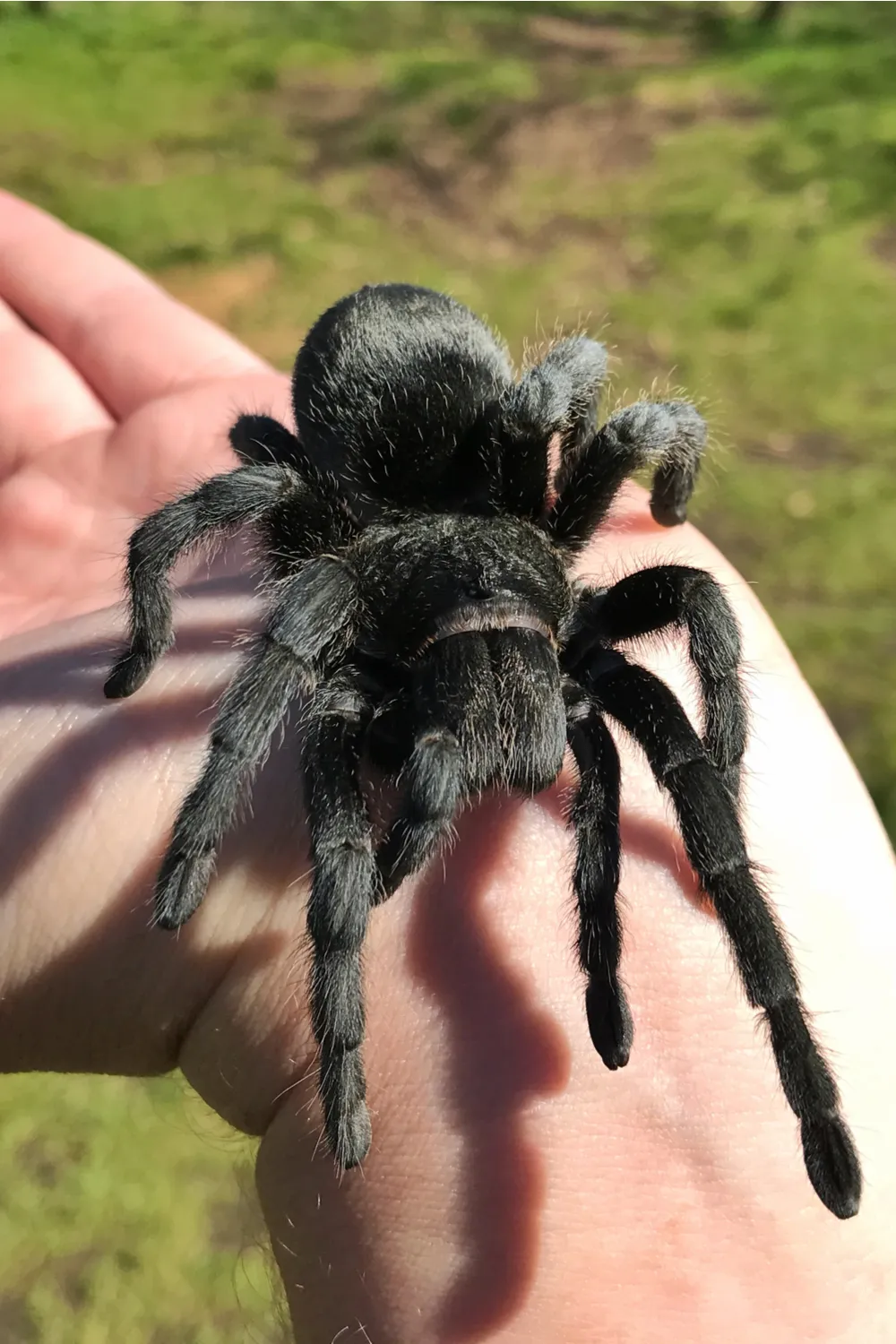What is a Philippine Black Tarantula?
The Philippine Black Tarantula, scientifically known as Cyriopagopus paganus, is a captivating and increasingly popular species among tarantula enthusiasts. Native to the Philippines, this arachnid stands out due to its striking appearance and relatively manageable care requirements. Understanding this species begins with recognizing its unique characteristics and the context of its natural environment. These spiders are known for their docile nature, making them a somewhat good option for those new to tarantula ownership. However, it is crucial to approach them with respect and caution, as all tarantulas possess venom and can bite if provoked. Their black coloration adds to their mystique, contributing to their appeal in the exotic pet trade. This guide will help you explore what makes this species so special and what it takes to care for them properly.
Appearance and Identification
Identifying a Philippine Black Tarantula is fairly straightforward due to its distinct coloration. As their name suggests, these tarantulas typically exhibit a dark, almost jet-black coloration, although some specimens may have slightly brownish hues. This uniform color gives them a sleek and elegant appearance. In terms of physical features, like all tarantulas, they have two main body segments: the cephalothorax (fused head and thorax) and the abdomen. The cephalothorax houses the eyes, mouthparts, and legs, while the abdomen contains the digestive and reproductive organs. Examining the tarantula’s pedipalps, small appendages near the mouth, can sometimes help in sexing the spider when it matures. Overall, the combination of the black coloration and the robust build makes the Philippine Black Tarantula easily recognizable to enthusiasts and keepers.
Size and Physical Characteristics
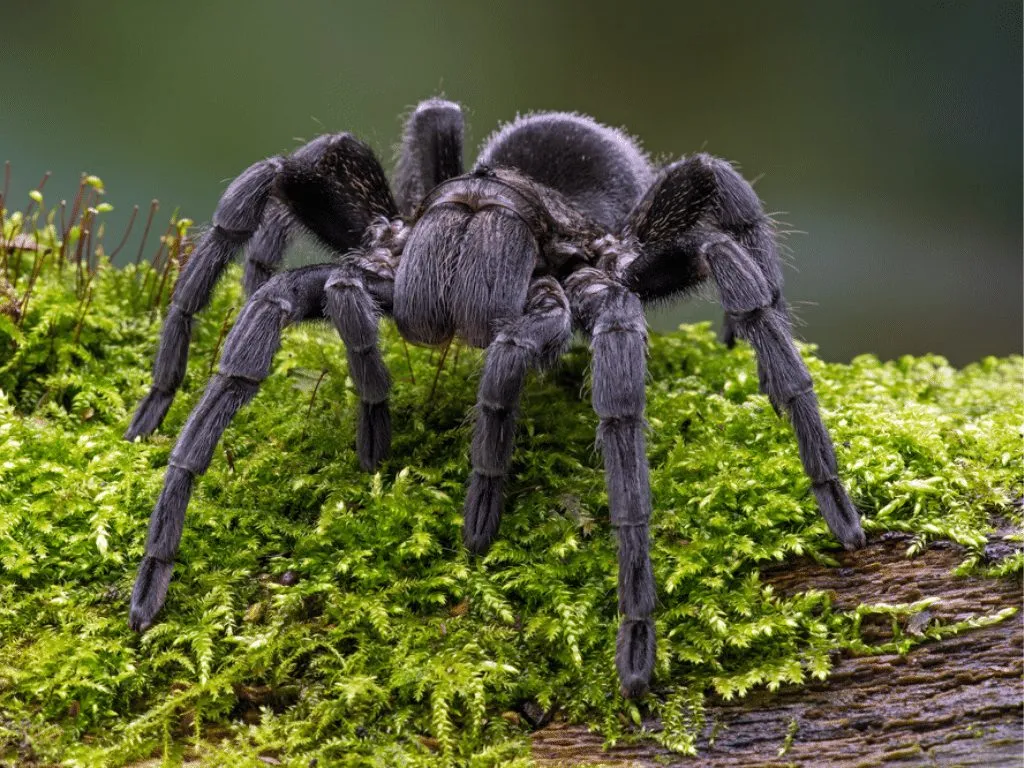
The Philippine Black Tarantula, while not the largest tarantula species, still commands attention with its impressive size. Adults typically reach a leg span of around 5 to 7 inches, making them quite substantial. The body itself can measure up to 2.5 inches in length. Males tend to be slightly smaller than females and have longer legs, which they use to roam in search of mates. The overall build of these tarantulas is robust and powerful, with thick legs designed for gripping and navigating their surroundings. Their bodies are covered in fine hairs, which provide sensory information and also contribute to their defensive mechanisms. These hairs can be urticating, meaning they can cause irritation if they come into contact with skin, so handling should be done with care and appropriate tools.
Habitat and Native Environment
Understanding the native habitat of the Philippine Black Tarantula is critical for providing appropriate care in captivity. In the wild, these tarantulas are endemic to the Philippines, specifically inhabiting various islands within the archipelago. Their natural environment typically includes tropical rainforests and humid, forested areas. They are terrestrial spiders, meaning they live on the ground, often burrowing into the soil or utilizing natural shelters like logs, rocks, and leaf litter. The climate in their habitat is characterized by high humidity and relatively stable temperatures throughout the year. Replicating these conditions in a captive environment is key to ensuring the tarantula’s health and well-being. The availability of suitable substrates, hiding places, and a stable temperature gradient will help them thrive.
Where Do They Live?
Philippine Black Tarantulas are primarily found in the dense, humid forests of the Philippines. They are not typically found in open fields or arid environments. Their preferred habitats are those that offer plenty of cover, moisture, and a stable temperature. This includes areas with rich soil, dense vegetation, and decaying organic matter. They will create burrows in the ground or utilize existing structures such as under fallen logs or rocks to create shelter from predators and the elements. These locations also provide access to prey and a suitable environment for molting and reproduction. The specific island or region within the Philippines will influence the tarantula’s size. It is essential to research the specific region of origin to provide the best possible care.
What is Their Natural Environment?
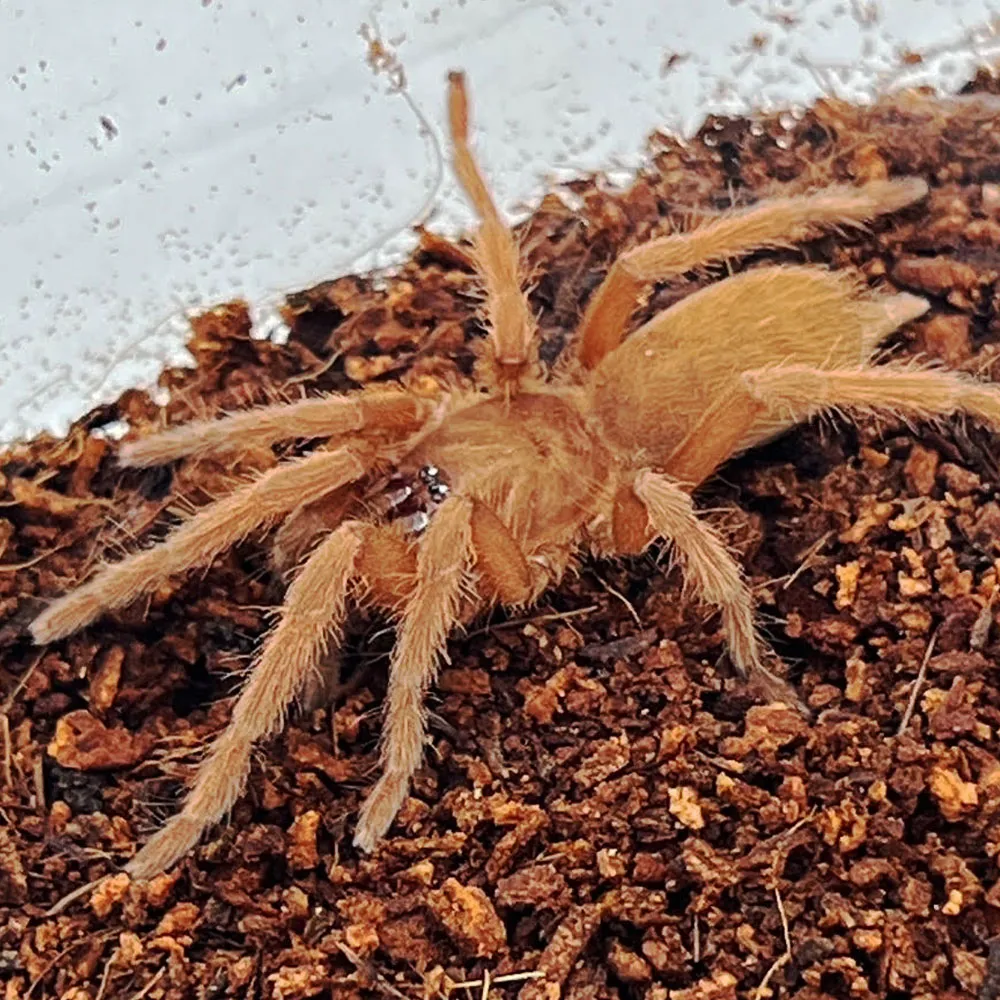
The natural environment of the Philippine Black Tarantula is a microcosm of the larger tropical ecosystem. High humidity is essential for their survival. This high humidity is maintained through regular rainfall and dense vegetation. The forest floor is typically covered with a layer of leaf litter and decaying organic material, which helps to retain moisture and provides a rich source of nutrients for the ecosystem. The tarantulas live in this environment, where they are active predators. They are primarily nocturnal hunters. The stable temperature and humidity, combined with an abundance of prey, make this a good environment for their lifecycle. The Philippine Black Tarantula plays an important role in the ecosystem, helping to control insect populations.
Behavior and Temperament
Philippine Black Tarantulas are generally known for their docile temperament, making them a relatively good choice for beginners. They are not typically aggressive, and bites are rare if the tarantula is handled carefully and not provoked. However, like all tarantulas, they can exhibit defensive behaviors if they feel threatened. Understanding their typical behaviors and defensive mechanisms is crucial for safe handling and responsible pet ownership. Observing their behavior can give you insights into their overall health and well-being. This includes their feeding habits, activity levels, and any changes in behavior that might indicate stress or illness. Creating a safe environment reduces stress, which is critical to their health and longevity. Regular observation allows you to quickly identify and address any potential issues.
Typical Behaviors
Typical behaviors of Philippine Black Tarantulas include periods of inactivity, especially during the day, as they are primarily nocturnal hunters. They spend a lot of time in their burrows or hiding places, waiting for nightfall to emerge. They may also be seen actively exploring their enclosure, especially when they are hungry or seeking a mate. Pre-molt behavior involves a decrease in activity and refusal to eat. After molting, they will be very vulnerable and will remain hidden until their new exoskeleton hardens. A healthy tarantula will show interest in food, retreat to a secure location when disturbed, and generally appear alert and responsive to its surroundings. Any significant changes in these behaviors can be an indication of stress, illness, or environmental issues.
Defensive Mechanisms
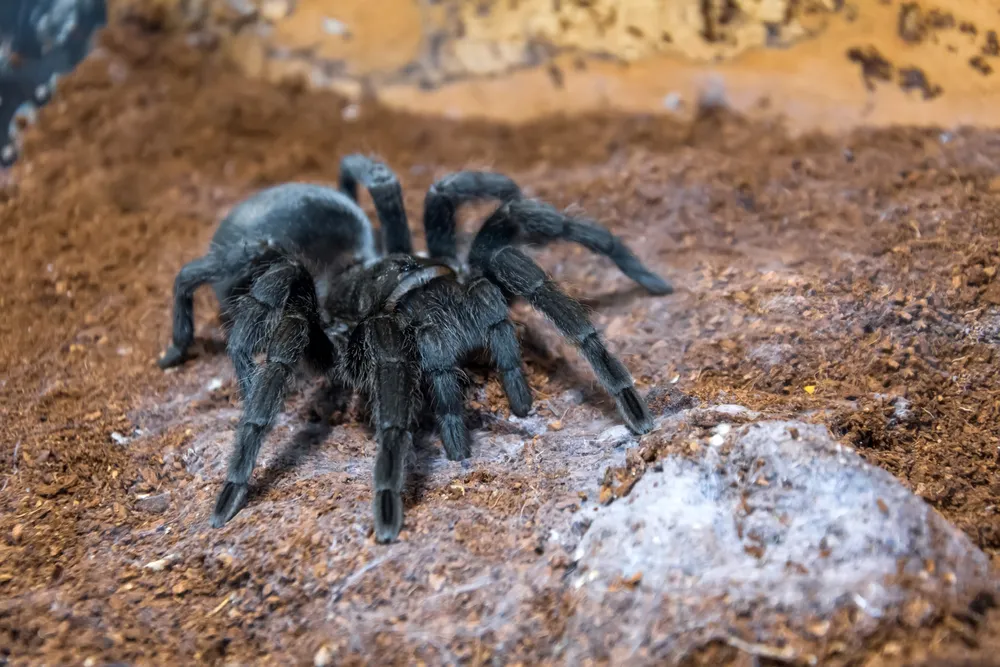
When threatened, Philippine Black Tarantulas have several defensive mechanisms. The most common is fleeing and attempting to hide. If they are cornered or feel extremely threatened, they may raise their front legs and display their fangs as a warning. They also have urticating hairs on their abdomen, which they can flick towards a perceived threat. These hairs are irritating and can cause itching and discomfort if they come into contact with skin or eyes. Bites are rare but can occur if the tarantula feels cornered. Their venom is generally not considered medically significant to humans, but it can cause localized pain and swelling. Therefore, it’s important to handle them gently and to avoid sudden movements or actions that may be perceived as threats.
Diet and Feeding Habits
Providing the right diet is essential for the health and well-being of a Philippine Black Tarantula. These tarantulas are carnivores, primarily feeding on insects. In the wild, their diet would consist of a variety of insects, including crickets, roaches, beetles, and other small invertebrates. In captivity, a balanced diet of appropriately sized insects is crucial. It is important to ensure that the insects are gut-loaded before feeding them to the tarantula. Gut-loading involves feeding the insects a nutritious diet, which will then be passed on to the tarantula when it eats them. Fresh water should always be available, usually provided in a shallow dish. Avoid overfeeding, and remove any uneaten food to prevent mold and maintain a clean environment.
What Do They Eat?
The diet of a Philippine Black Tarantula in captivity typically consists of a variety of insects that are readily available in pet stores. Crickets are a common and convenient food source, but it is important to vary the diet to provide a more complete nutritional profile. Roaches, such as dubia roaches, are also a good option and are often considered more nutritious than crickets. Mealworms and superworms can be offered occasionally, but they have a high-fat content, so they should be given in moderation. Before feeding any insects to your tarantula, it is crucial to gut-load them with a nutritious diet to ensure they are packed with essential vitamins and minerals. This can include commercially available cricket food or a mix of fresh vegetables and fruits.
Feeding Frequency and Amounts
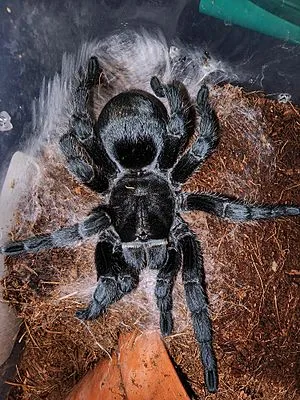
The feeding frequency for a Philippine Black Tarantula depends on its age and size. Spiderlings and juveniles typically need to be fed more frequently, usually every 3-5 days, as they are actively growing. As the tarantula matures, the feeding frequency can be reduced to once or twice a week. The amount of food offered should be adjusted based on the tarantula’s appetite and the size of the prey. A general guideline is to offer an amount of food that the tarantula can consume within a few hours. It is important to avoid overfeeding, as this can lead to obesity and other health problems. Always remove any uneaten food within 24 hours to maintain a clean and healthy environment. Water should be available at all times, and the dish should be cleaned and refilled regularly.
Lifespan and Growth
Understanding the lifespan and growth patterns of a Philippine Black Tarantula is essential for responsible pet ownership. These tarantulas have a relatively long lifespan compared to other pet insects. Females typically live significantly longer than males, often reaching up to 10-15 years, while males typically live for 3-5 years after reaching maturity. The growth rate of a Philippine Black Tarantula varies depending on several factors, including age, feeding frequency, and environmental conditions. As with all tarantulas, they grow through molting, shedding their exoskeleton to allow for growth. The frequency of molting decreases as they mature. Providing the right care contributes to a longer and healthier life, so it is essential to create the best environment for them.
How Long Do They Live?
The longevity of a Philippine Black Tarantula is a factor that attracts many enthusiasts. As stated, females can live for an impressive 10-15 years, making them a long-term commitment for any owner. Males, however, have a much shorter lifespan, typically 3-5 years after reaching maturity. The difference in lifespan is primarily due to the reproductive cycle. Females continue to molt and grow throughout their lives, whereas males reach maturity and dedicate their energy to reproduction. Maintaining a healthy environment, providing a balanced diet, and minimizing stress are essential to maximize the lifespan of your tarantula. Regular monitoring of your tarantula’s condition is necessary to address any potential health concerns and provide appropriate care.
Growth Stages
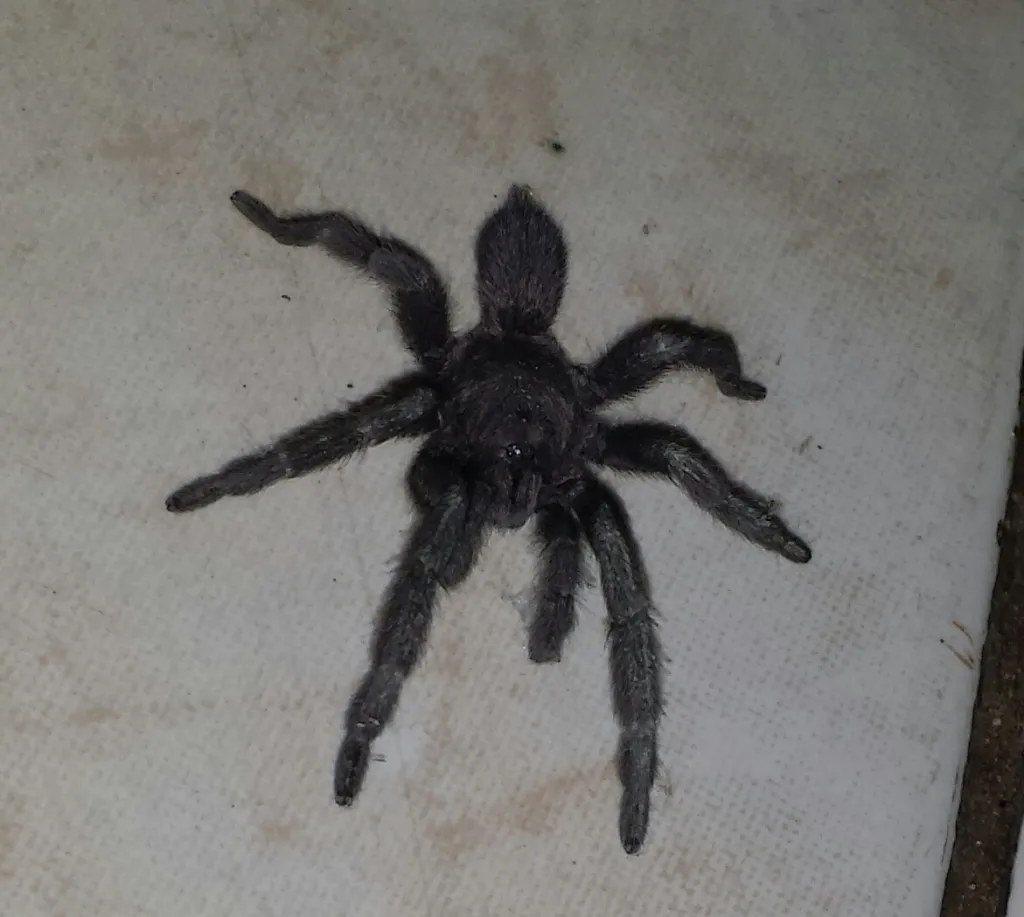
Philippine Black Tarantulas, like all tarantulas, grow by molting their exoskeleton. This is a crucial process that allows them to shed their old skin and develop a new, larger one. Spiderlings molt frequently, sometimes every few weeks, as they grow rapidly. As the tarantula matures, the molting frequency decreases. During the molting process, the tarantula will typically become inactive, stop eating, and may lie on its back. It is crucial not to disturb the tarantula during molting, as they are very vulnerable. After molting, the tarantula will be soft and vulnerable. It should be left undisturbed until its new exoskeleton hardens. The stages of growth, from spiderling to adult, are marked by these molts, and each molt signifies an increase in size and a step closer to sexual maturity.
Conservation Status and Threats
It is important to understand the conservation status and potential threats facing Philippine Black Tarantulas in the wild. While this species is not currently listed as endangered, there are concerns regarding habitat loss and the impact of the pet trade on wild populations. Deforestation and habitat destruction in the Philippines pose a significant threat, reducing the available habitat and resources for these tarantulas. Overcollection from the wild to supply the pet trade is another potential issue, as unsustainable practices can deplete populations. Understanding and addressing these threats is crucial for ensuring the long-term survival of this species. Supporting responsible breeding practices and conservation efforts are very important for the ongoing health of this species.
Are They Endangered?
Currently, the Philippine Black Tarantula is not classified as an endangered species. However, its conservation status is subject to change, depending on various factors such as habitat destruction, the impacts of climate change, and the pet trade. The species is relatively common in its native habitat, but it faces a range of threats that could potentially jeopardize its future. Ongoing monitoring and assessments by conservation organizations are crucial to track any changes in population numbers and to identify and address emerging threats. Supporting sustainable practices, such as responsible pet ownership and conservation efforts, helps ensure that these spiders continue to thrive in their natural environment.
Threats to Their Survival
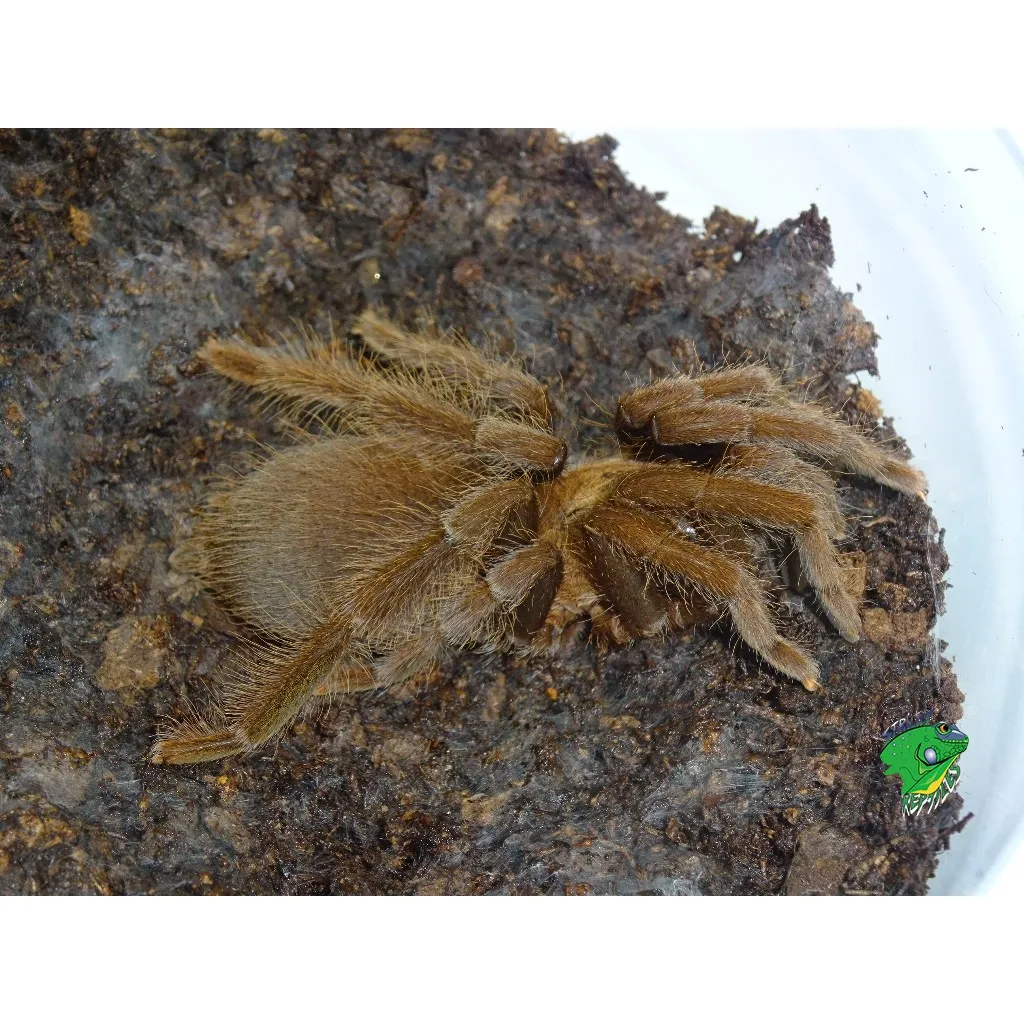
The Philippine Black Tarantula faces several threats to its survival in the wild. Habitat loss due to deforestation and human development is a primary concern, as it reduces the available space and resources for these spiders. The pet trade can also pose a threat if wild populations are over-collected to meet the demand. Climate change can disrupt their habitat, altering temperature and rainfall patterns, which can negatively impact their survival. Pollution and the use of pesticides can also harm the tarantulas directly or indirectly by impacting their food sources. To safeguard the species, conservation efforts should focus on protecting and restoring their natural habitat, managing the pet trade, and addressing the impacts of climate change. This includes educating people about responsible pet ownership and supporting programs that help protect the environment.
Keeping Philippine Black Tarantulas as Pets
Keeping a Philippine Black Tarantula as a pet can be a rewarding experience. It provides an opportunity to observe these fascinating creatures up close and to learn about their unique behaviors and needs. However, it is important to understand the responsibilities involved in owning a tarantula before bringing one home. This includes researching their specific care requirements, setting up a suitable enclosure, and providing a proper diet. You must also consider the legal aspects of ownership and the potential risks associated with handling a venomous spider. By being prepared and educated, you can ensure that you can give your pet tarantula the care it needs and help them thrive. Taking the time to research and prepare is an important step in making your pet happy and healthy.
Is It Legal to Own One?
Before acquiring a Philippine Black Tarantula, it is very important to ensure that it is legal to own one in your location. Regulations regarding exotic pet ownership vary greatly from place to place. Some areas have restrictions or outright bans on owning certain species of tarantulas. You should contact your local wildlife authorities or check local regulations to confirm the legality of owning a Philippine Black Tarantula. Additionally, it is very important to consider the source of the tarantula. Always purchase from a reputable breeder or dealer who can provide documentation of the tarantula’s origin and health. Avoid purchasing tarantulas that have been taken from the wild, as this can harm wild populations and is often illegal. Owning any exotic animal requires a great responsibility, and part of this is ensuring that you comply with all local laws and regulations.
Necessary Enclosure Setup
Setting up a suitable enclosure is one of the most critical aspects of caring for a Philippine Black Tarantula. The enclosure should be appropriately sized for the tarantula’s size. A good rule of thumb is to provide a space that is at least three times the tarantula’s leg span in width and length and about twice the leg span in height. The enclosure should be made of clear material, like glass or acrylic, to allow for easy viewing. It is also very important to have a secure lid to prevent escapes. The substrate, or bedding, should be deep enough for the tarantula to burrow if it chooses. A good choice is a mix of substrate designed for tarantulas. The enclosure also needs to maintain the correct temperature and humidity levels. Use a thermometer and hygrometer to monitor the conditions. Provide hiding places, like a piece of cork bark or a half-log, for the tarantula to feel secure. A water dish with fresh, clean water should also be available at all times.
Daily Care and Maintenance
Daily care and maintenance are essential for the health and well-being of your Philippine Black Tarantula. This includes regularly checking the temperature and humidity levels inside the enclosure and making adjustments as necessary. You should also monitor the tarantula’s behavior, appetite, and overall condition. Provide fresh water in the water dish, and clean the dish regularly to prevent the growth of bacteria and algae. Feed your tarantula the appropriate amount of food, and remove any uneaten food within 24 hours. Spot clean the enclosure as needed. Complete enclosure cleaning should be done periodically, usually every few months. During this process, replace the substrate, clean the enclosure walls and decorations, and provide fresh water and a fresh substrate. Regular care and maintenance are essential to ensure your tarantula’s happiness and longevity.
